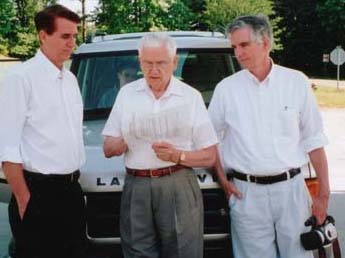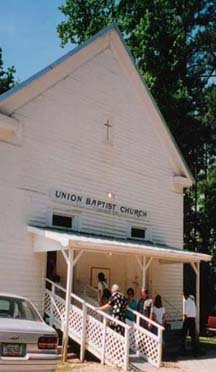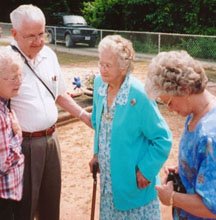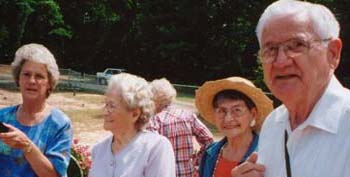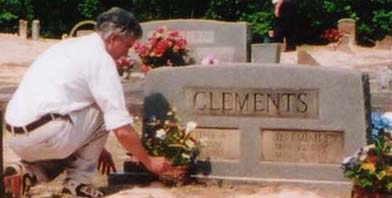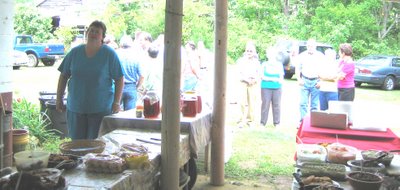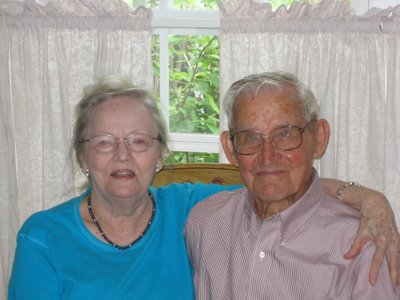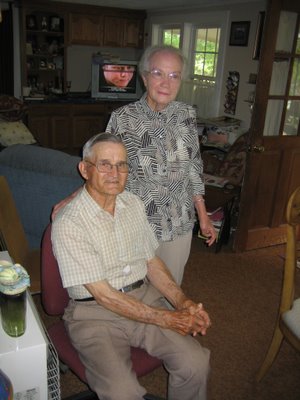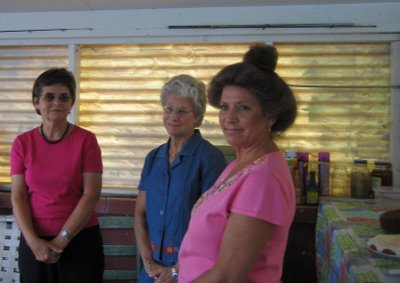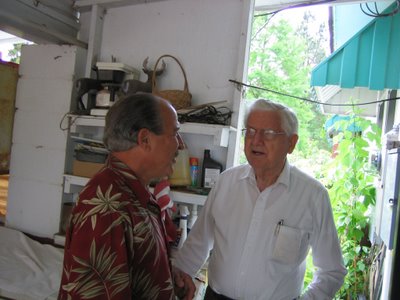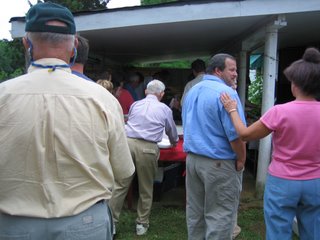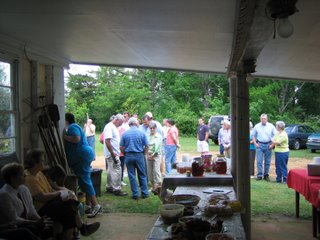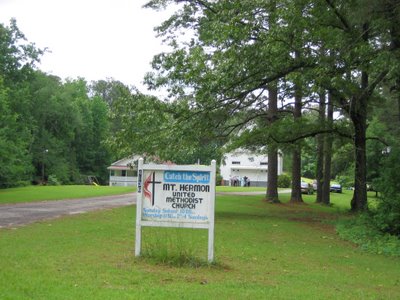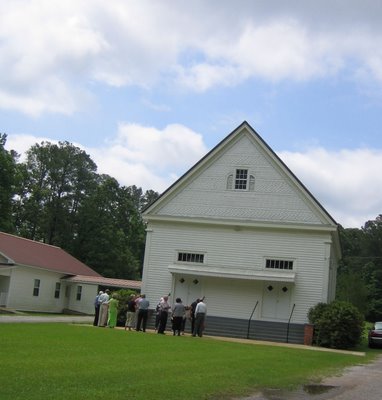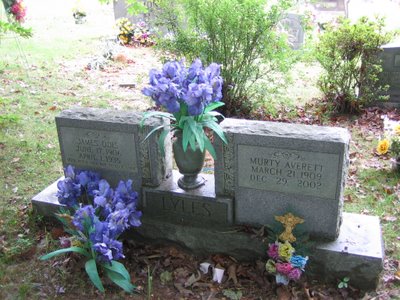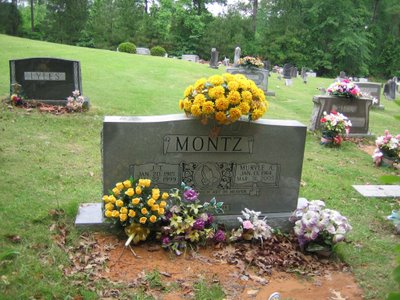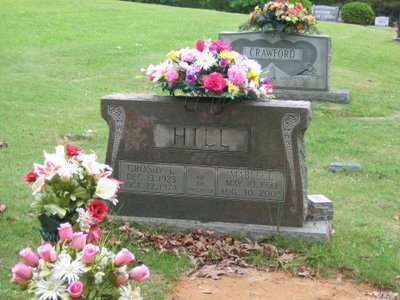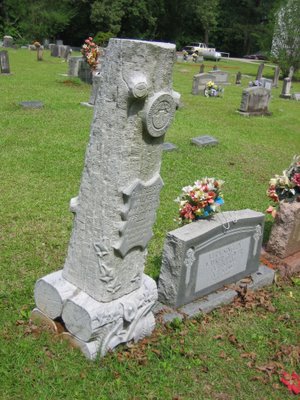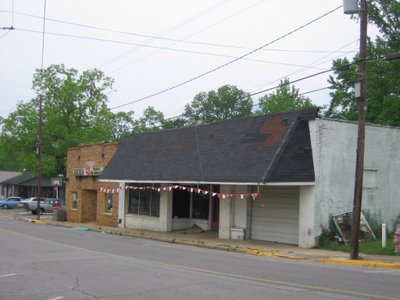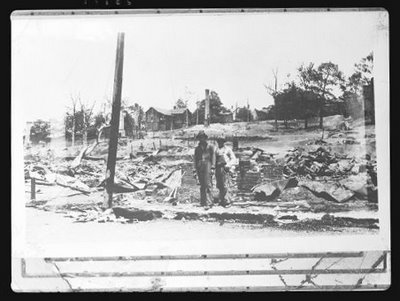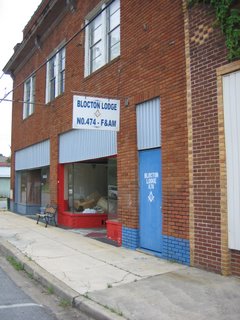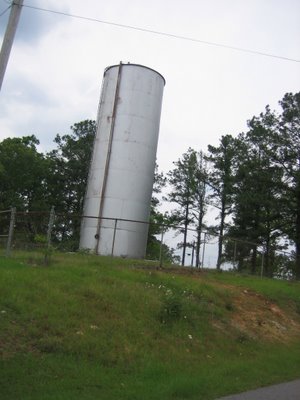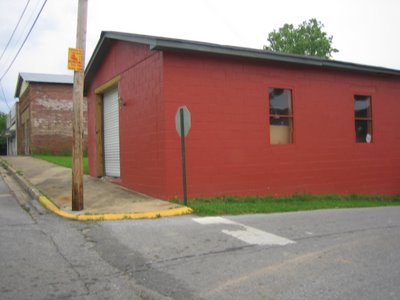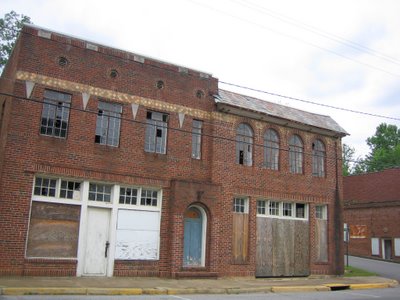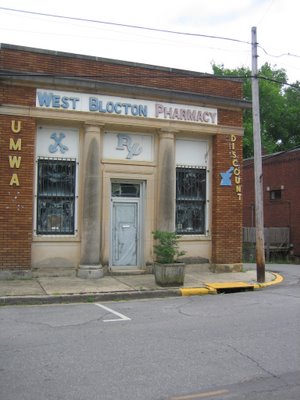Benjamin Franklin Clements, Junior
Benjamin Franklin Clements [my great grandfather] and his wife, Mary Ward, lived on a farm in Bibb County near the Tuscaloosa County line. Among their eight children were Benjamin, Junior and a younger brother James Rufus. These brothers married Shuttlesworth sisters, of Bibb County. Benjamin choosing Amanda and James pleased to get Permerlia. The land in this area was fairly level and had several springs and creeks, making it acceptable for row farming.
Young Benjamin did leather tanning to supplement his farm income. Also, from his youth he had been a very diligent student of the Bible and felt ‘called’ to be a minister. Chatting with individuals resulted in the informal organization of a group of persons who shared an interest in Christian living. He did not have a church building, although he did serve as a substitute for other ministers in the area on occasions. Ordinarily his ministry consisted of meetings with families or small groups in a home or in the shade of trees when the weather permitted.
The young preacher took seriously the teachings of Christ. When a member of his flock had need of hay, seed corn or help in repairing a roof, Benjamin gladly supplied the need. After a time his wife, feeling that the neighbors were taking advantage of his good nature, appealed to him to cease giving away items the family needed for itself. She begged him to remember that the Bible also taught that “Charity begins at home.”
As the family grew to nine children, the income from the farm and tanning operations became a critical issue, leading Amanda to discuss the matter with her sister Permelia and brother-in-law James Rufus Clements.
When the dispute reached the boiling point, Amanda and James Rufus appealed to the Probate Judge, resulting in an order to transport Benjamin to Tuscaloosa to be committed to Bryce’s Hospital for the Insane.
It was almost a century later that I became interested in family history and learned that my grandfather died in the insane asylum. I had heard the tale that anyone who traces their family history for more than a few generations would find a horse thief, a wife- beater or a crazy man. I had already learned that Benjamin’s father [also named Benjamin]. He had died in prison, but that was the result of his being injured and captured in the Civil war and dying in a Yankee prisoner-of-war camp in Ohio.
A visit to Bryce’s hospital brought the good news that a great grand daughter of Benjamin worked in the public relations office at Bryce’s. Cousin Shirley Sparks was very helpful in searching the records and furnishing me with photocopies of the papers in the file of Benjamin Franklin Clements, patient #4501 and # 5653. These two numbers reveal that Benjamin was a patient at two different times.
The hospital records show that Mr. Clements was 5 feet, 9 inches tall and weighed 134 pounds. His occupation is shown as farmer & preacher. He did not resist the execution of order of Probate Judge W. C. Christian which made him a patient in charge of James T. Searcy, superintendent of Bryce’s Hospital in Tuscaloosa, AL.
His file does not contain a report of an official diagnosis of Mr. Clements mental condition. However the file does contain the following data:
“Throughout his stay here he was more or less talkative, fussy, and cranky. We did not make an official diagnosis but, judging from what little information there is in the record about him we think the diagnosis was most likely dementia praecox, catatonia type.”
His file contains no record of visits or mail to Benjamin except for visits by his son, Jeremiah (who is also my father). [The visitation slips are undated], and a cousin, J. R. Thompson who visited him on July 25, 1906.
On January 23, 1907 Benjamin’s wife, Amanda Shuttlesworth Clements, wrote to Bryce’s:
“The report is out that my husband (B. F. Clements) is dead. Please inform me if the report is correct. She signed it (Mrs.) Amanda Clements, Data, Bibb County, Ala.”
The prompt reply stated:
“Dear Madam, I am sorry we were not able to communicate with you at the time of your husband’s death which occurred Jan. 7, 1907. The instruction in his Hospital record was to communicate with Mr. J. R. Clements, Phipps, Ala. We had written him previous to his death notifying him that your husband was in serious condition but did not receive any reply and as we could not wire him at the time of his death we wrote him full particulars notifying him of same but have never received any reply from any of our letters. They were not returned so we suppose he or some one else received them. He was neatly buried here in the Hospital cemetery and his grave is marked that it can be pointed out to you at any time you might wish. I am sorry that there was a mistake in the address of the Hospital record as to whom we should communicate with. If there is any other question that you desire to know in regard to your husband’s last hours, we will be only glad to answer same.
Sympathizing with you deeply in your distress and assuring you that your husband had every attention, we are,
Yours truly,
J. Searcy, M.D. Supt.”
Mrs. Sparks advised that the wooden marker has decayed and it is impossible to identify the spot where Mr. Clements is buried.
Jerry’s Comments:
Lessons to be learned from the experiences of Benjamin Franklin Clements depend on a variety of viewpoints:
It appears that Ben was a truly good man who dared do what he believed was right and Christlike, regardless of the consequences.
Wife, Amanda, was convinced that his first duty was to his family and that failure in that duty was sufficient cause to ‘put him away’.
The Probate Judge apparently agreed with Amanda and exercised the law loosely so as to send Benjamin to Bryce’s.
Benjamin was truly hurt by his loss of his family, his business and the fellowship of friends associated with his Church activities.
Everyone should strive to maintain the proper balance between the various attitudes and beliefs of their lives and relationships.
It appears that Benjamin did not have sufficient education in Christian principles and church management to cope with the family problems arising out of his devotion to his Christian beliefs. It would have helped to have had an understanding Bishop to consult with.
If the various parties were available, I doubt if any of them would feel happy about the outcome of the situation, except possibly the Superintendent of Bryce’s.
Finally, descendents of Benjamin, while regretting his problems and death, may feel very proud of his Christian attitude toward his neighbors and his willingness to endure the consequences of his actions.


